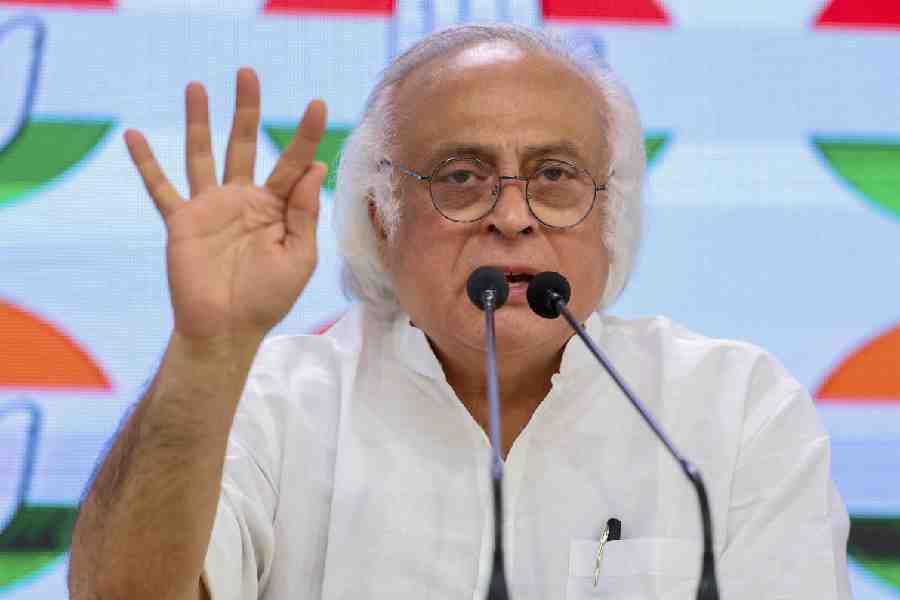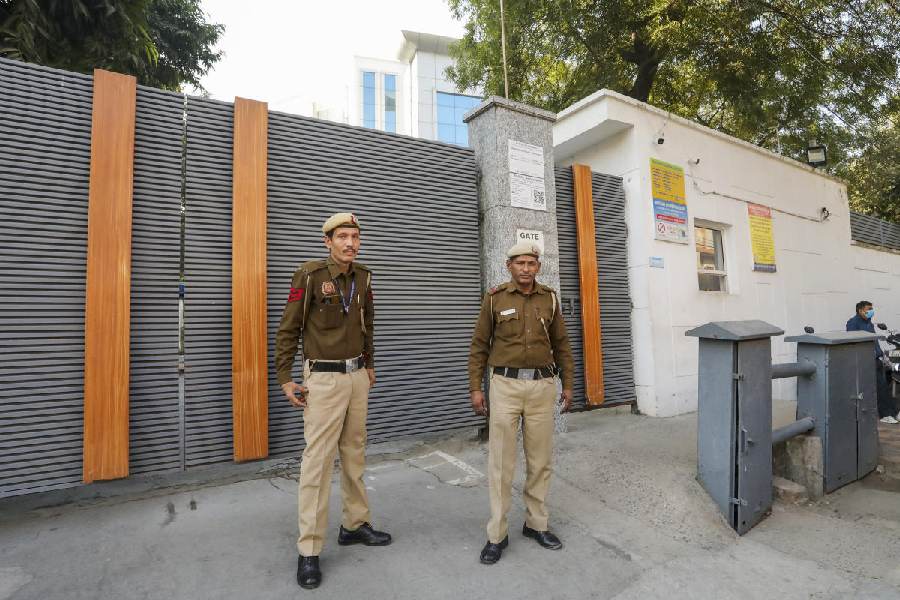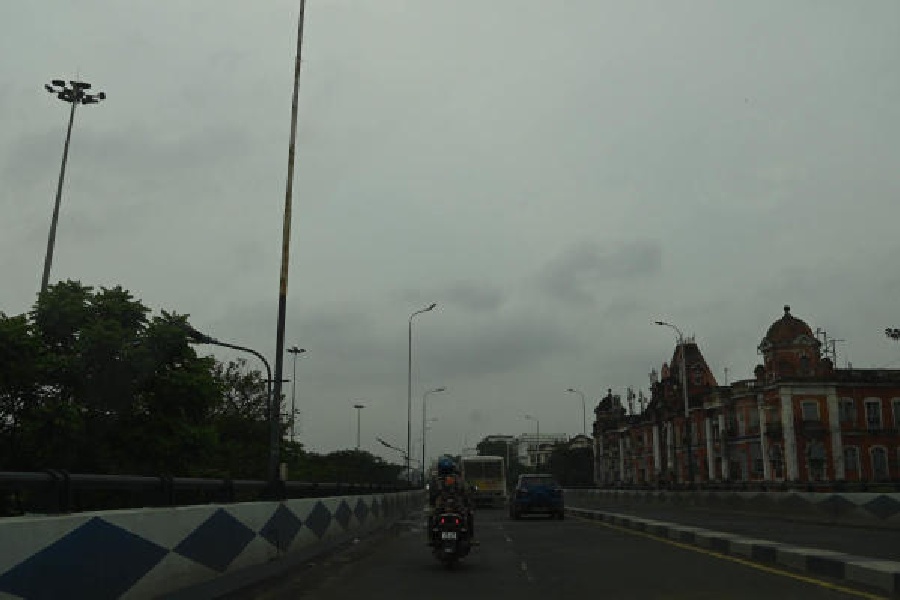 |
| Excavation work going on at the site in Andhra Pradesh. Telegraph picture |
New Delhi, July 8: Stone tools discovered in Andhra Pradesh have provided scientists their first clear evidence that modern humans were living in India thousands of years earlier than previously believed.
Indian archaeologists working with foreign collaborators found the tools buried in 77,000-year-old sediments near Jwalapuram, a village in Kurnool district that has turned into India’s oldest, well-dated site for early Homo sapiens.
“The Jwalapuram tools push back the antiquity of modern humans in India by tens of thousands of years — no one has successfully assigned dates to tools as old as these from anywhere in India until now,” said Ravi Korisettar, an archaeologist and team member at the Karnatak University, Dharwad.
Previous excavations in India have revealed even older stone tools made by Homo erectus — an ancestor of modern humans that lived from 1.8 million years to about 300,000 years ago. But the earliest Homo sapiens tools hitherto dated in India from central Indian river valleys are believed to be 40,000 years old, Korisettar said.
The Jwalapuram tools embedded above and below a layer of volcanic ash also show that this community of modern humans was resilient enough to survive the fallout of the world’s largest volcanic eruption in the past 2 million years that occurred in Indonesia 74,000 years ago.
The scientists announced their findings in the US journal Science on July 6.
“The implications of these findings for India may be monumental,” said Michael Petraglia, an archaeologist at the University of Cambridge who has long been studying prehistoric tools excavated in India, and lead author of the study.
“The important thing is that the stone tools from Jwalapuram are somewhat similar to tools from Africa of around the same time,” Petraglia told The Telegraph.
Korisettar said the findings have prompted the UK-India Education Research Initiative to fund a project to continue excavations in India to determine how and when early Homo sapiens might have arrived in India. “India has a big story to tell,” Petraglia said.
“There are many promising stone tool sites around India — in western and central India — but no one has been able to assign precise dates to them,” Korisettar said. For tools to be dated, they have to be located with material such as fossils or volcanic ash that can be precisely dated, he said.
The volcanic ash from Indonesia that fell over India allowed scientists to date the Jwalapuram tools. The super eruption churned out 2,800 cubic kilometres of magma — enough to cover India with a one-metre layer of lava — and discharged so much ash and dust that it blocked the sun across a part of southeast Asia.
“It seems this volcanic winter didn’t harm the inhabitants near Jwalapuram,” Korisettar said. “The tools below the ash and the tools above the ash have a remarkable continuity — it tells us that the population survived this super eruption.
Previous studies to piece together ancient human migration through genetic studies on modern populations had suggested that all humans today are descendants of early modern humans who left Africa only 60,000 years ago.
According to this theory, modern humans could have arrived in India only after 60,000 years ago. But Jwalapuram shows that Homo sapiens were in India at least 17,000 years prior to the presumed date of the movement out of Africa.










